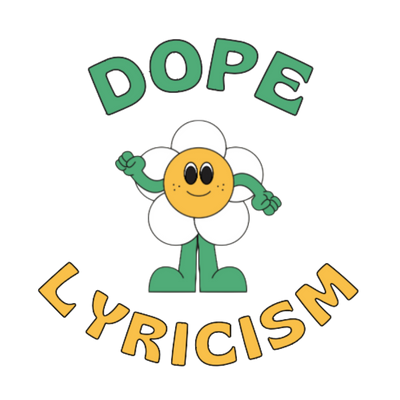[ad_1]
Five-and-a-half years after its acquisition, Spotify is selling its music production tool Soundtrap to its founders and trying to relaunch it as an independent business.
Originally from Spotify’s home country of Sweden, Soundtrap built the service as a cloud-based tool for recording and collaborating on music. Aimed at grassroots musicians and schools, it was acquired by Spotify in November 2017.
Soundtrap has now been sold to original founders Per Emanuelsson and Björn Melinder for an undisclosed amount.
“Soundtrap was built to provide the best collaboration platform for making music online. We have decided to return to ,” Emanuelson said.
“Over the past five years, we have greatly benefited from Spotify’s expertise and global reach, which has allowed us to rapidly expand our service and launch new products. We thank Spotify for putting us on board and are very excited about the future.”
Meanwhile, Charlie Hellman, Spotify’s vice president and global head of music products, said the streaming service is “proud of what we’ve achieved together, and Soundtrap is the next step in the years to come.” I look forward to watching it grow in the future.”
This is the second spin-out of a startup acquired by Spotify. In October 2021, two years after the acquisition, the company sold the artist services directory SoundBetter to its founders.
How popular are sound traps? It’s been a long time since we released the numbers. The company was nearing 1 million active users when it raised a $6 million funding round in October 2016, a year before the acquisition.
Most recently, an academic study of Soundtrap’s growth during the COVID-19 pandemic, based on data provided by the company, revealed that more than 10 million people have used it since its launch by the end of January 2021. became.
As a subsidiary of Spotify, the Soundtrap team has continued to develop new features for the service. For example, the ability to create podcasts was added in May 2019, new commenting and collaboration features were added in August 2022, and how-to videos were added to the company’s Spotify for Artists masterclass series.
It’s also used in some of Spotify’s wider efforts. For example, the music-making aspect of his Roblox, his Spotify Island, which is Spotify’s experimental step into the metaverse.
All of this suggests that Soundtrap is still considered a valuable part of Spotify’s business, but today’s news pales in comparison to its efforts to build marketing and promotional tools for artists and their teams. , suggesting that making music is no longer a strategic priority for the company.
As an independent startup once again, Soundtrap will continue to compete with other entry-level audio creation tools such as Apple’s GarageBand and BandLab. The latter announced in January that the number of registered users had increased to 60 million.
Soundtrap’s user base, especially schools and colleges, should present an opportunity for it to become a sustainable independent business, but its technology and customer base also make it an attractive acquisition potential for those rivals. .
[ad_2]
Source link


